Touchscreens have something in common with Marmite: we either love them or hate them. Except it’s not all that clear whether anyone actually does love them. They seemed a good idea at the time, for decluttering instrument panels, but lots of drivers find them a dodgy distraction.
The latest idea to emerge for reducing the need to glance quite so intently at the icon you’re trying to poke is Predictive Touch, a new technology cooked up by Jaguar Land Rover’s Human Machine Interface Research Group and the University of Cambridge.
The system predicts what your finger is aiming for before it even touches the screen and makes the selection without the need for contact. Doing the job without the need to take such accurate aim could go a long way to reducing distraction, but how can it reliably know the driver’s choice and avoid making false selections?
As the driver or passenger moves to touch the screen, the system tracks the movement of their hand using a time of flight (ToF) camera to keep track of its position relative to the screen. The ToF camera uses the infrared light spectrum to track hand movement in 3D. The camera can be used solo or in conjunction with a vision-based system and works a bit like radar, by measuring the time it takes for the light it emits to bounce back from the subject – in this case, the hand.
So how does the system let the user know it’s about to make the right choice without causing more distraction? Theoretical analysis earmarked four suitable methods of preselecting items on the screen: highlighting, changing the size, glowing colour and haptics. The last method can include using ultrasound to create feel in a fingertip while it’s still in mid-air.
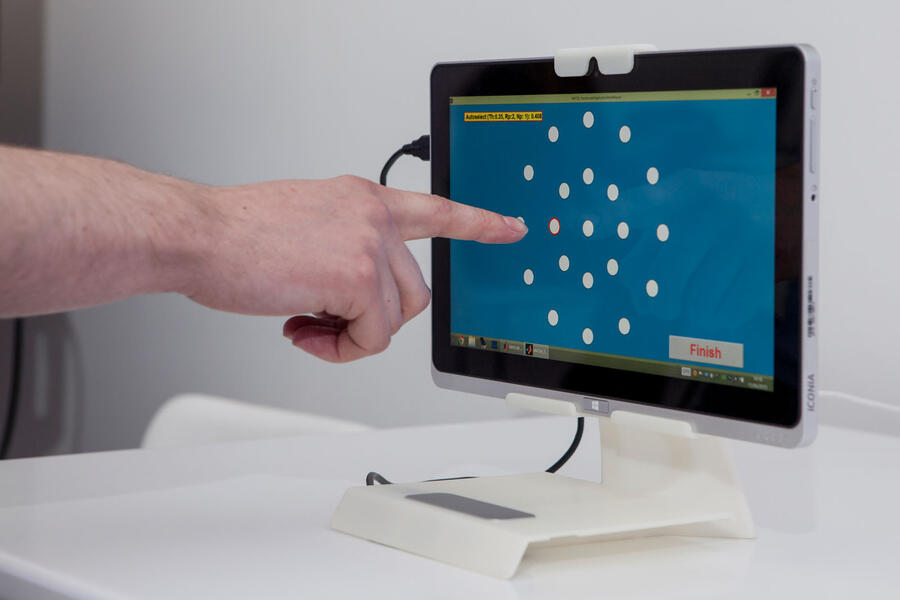
Following the analysis, there were live experiments with human testers to focus in on the best choice. Using advanced cognitive load and distraction techniques developed by the Massachusetts Institute of Technology (MIT) combined with customer preferences, it became clear that the best solution was a combination of increasing the icon size and making it glow.

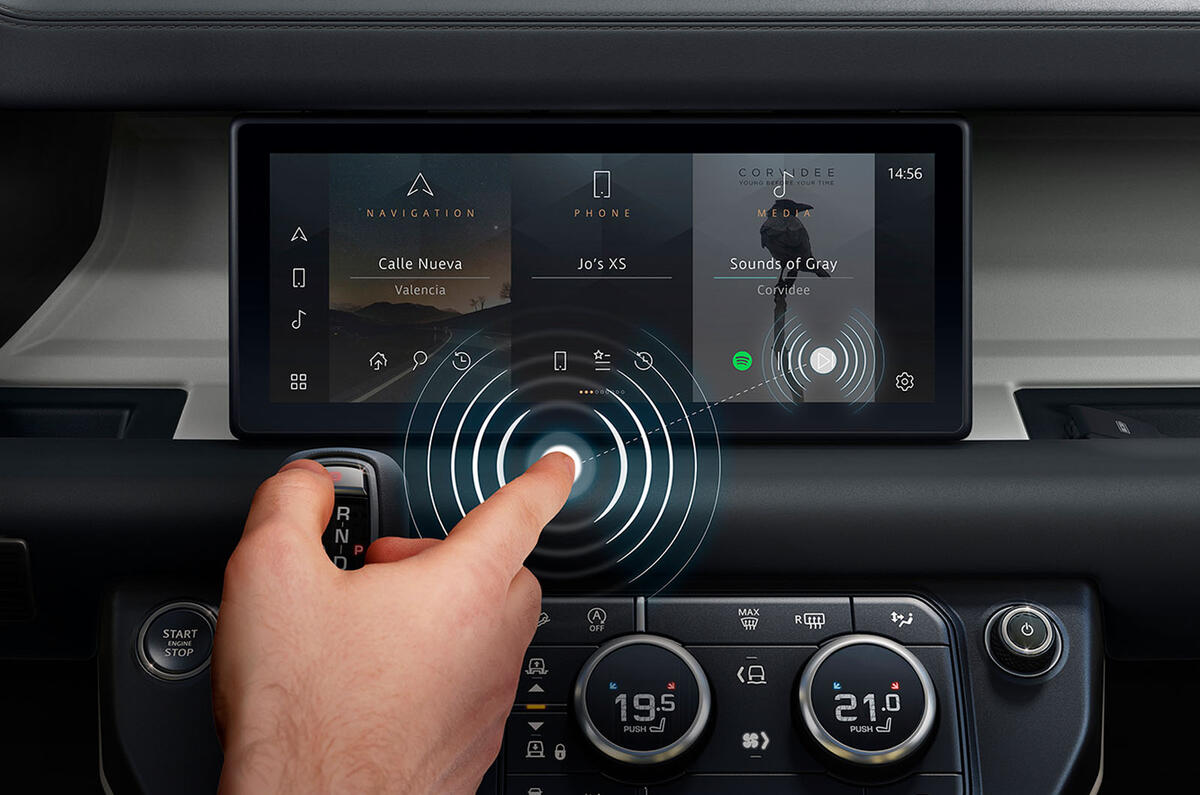
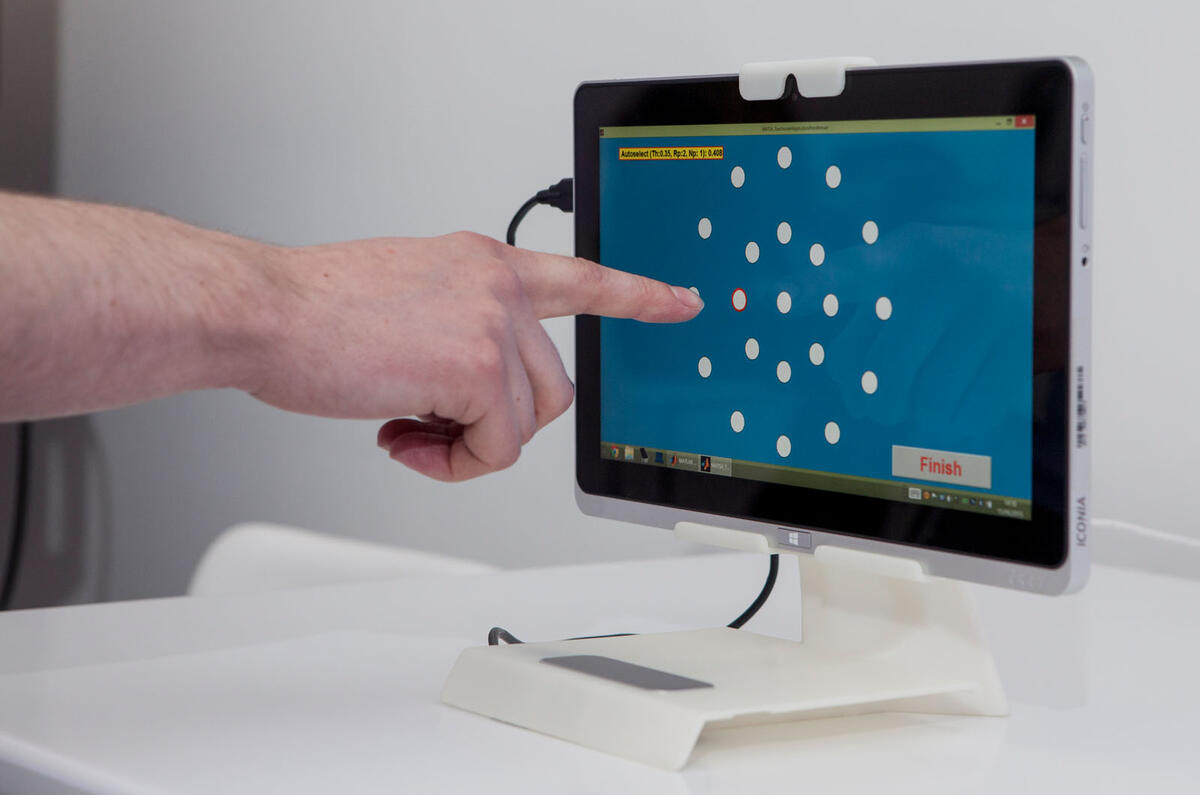
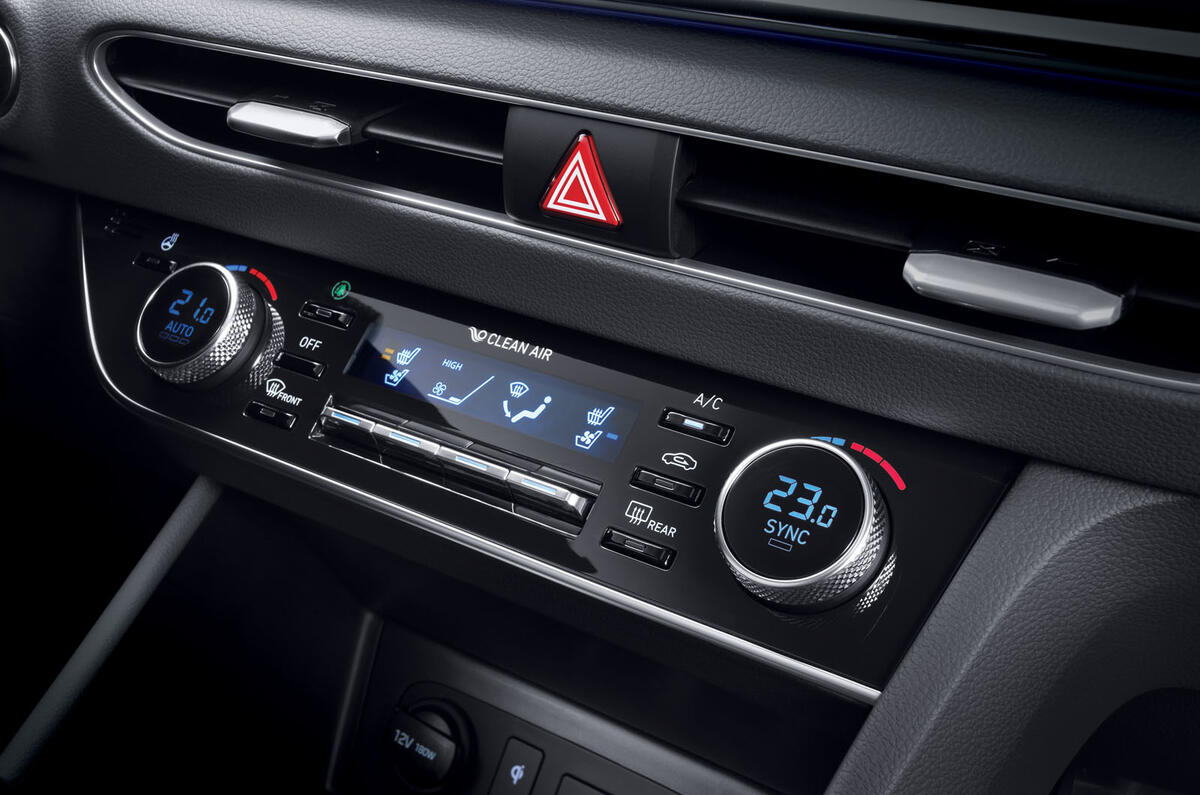
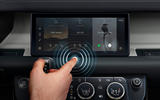

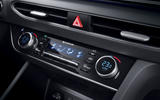

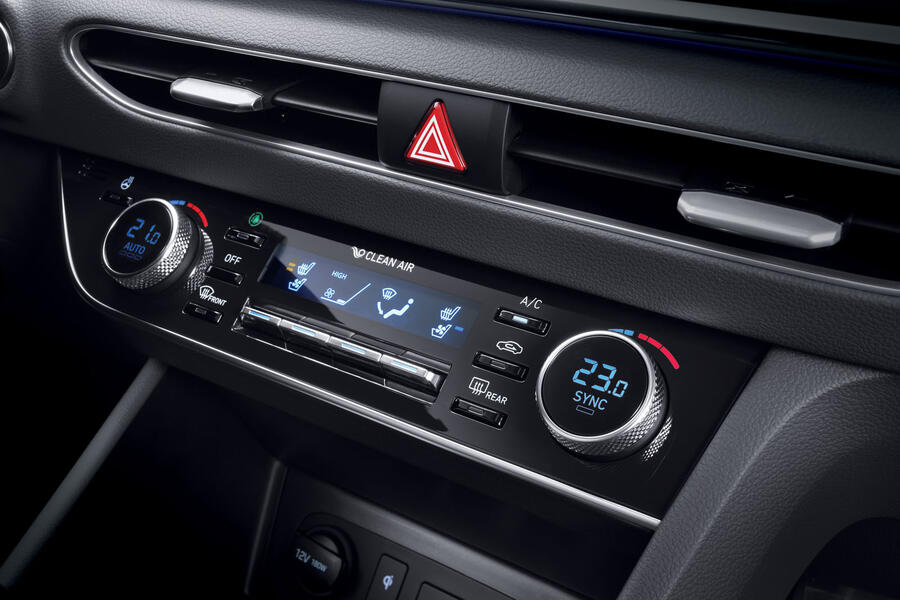

Join the debate
Add your comment
@ TS7
....exactly TS7. Its just complication leading inevitably to huge expense.
If a switch fails, you can replace the switch....at worse it willl be in a block of 4 or 5 and wont break the bank.
If the screen fails .....just imagine the amount of money a manufacturer will want to relieve you of!
Yeh, sure there will likely be specialists who may be able to repair the thing, but it means the car will be off the road and the screen will needing sending to the repairers.
I am pretty sure these screens wont like the extremes of heat/damp a car endures, let alone what happens if you leave a convertible open and get caught by a shower....or the fact that you wont be able to see the screen in sunshine with the roof open ( iwas trying to take a video shot on my mobile the other day in the full sunshine....impossible to find the 'button' - useless.
Of course, all this will be MOT able, so no way round the problems. And dont even start me on the distractive qualities of screens!!
The 'answer' to a question...
... no one was asking.